Energy 1,418 kJ (339 kcal) Sugars 0.41 g Fat 1.87 g | Carbohydrates 72.57 g Dietary fiber 12.2 g Protein 13.70 g | |
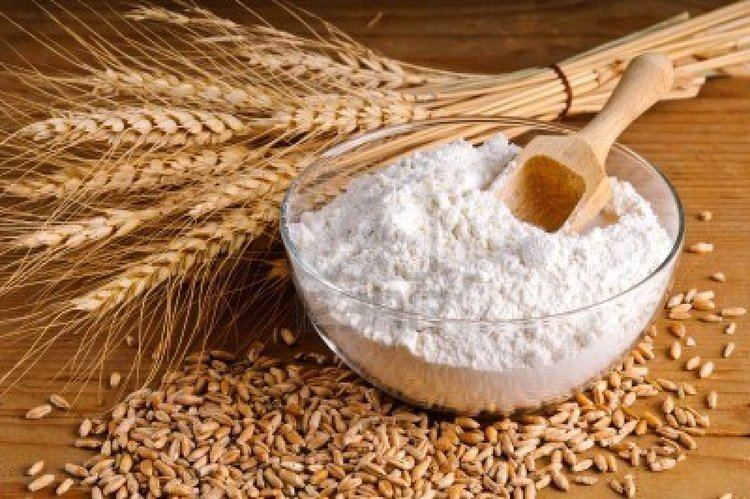 | ||
Similar Flour, Wheat, Dough, Table salt, Butter | ||
Homemade sprouted wheat flour
Wheat flour is a powder made from the grinding of wheat used for human consumption. More wheat flour is produced than any other flour. Wheat varieties are called "soft" or "weak" if gluten content is low, and are called "hard" or "strong" if they have high gluten content. Hard flour, or bread flour, is high in gluten, with 12% to 14% gluten content, and its dough has elastic toughness that holds its shape well once baked. Soft flour is comparatively low in gluten and thus results in a loaf with a finer, crumbly texture. Soft flour is usually divided into cake flour, which is the lowest in gluten, and pastry flour, which has slightly more gluten than cake flour.
Contents
- Homemade sprouted wheat flour
- Shocking facts that you never know about wheat flour best health tips in telugu vtube telugu
- Types
- Canada
- Fiji
- Indian wheat flours
- Southeast Asia
- USA
- Other
- Flour strength W index
- National Flour in the United Kingdom
- Madagascar
- Kenya
- References
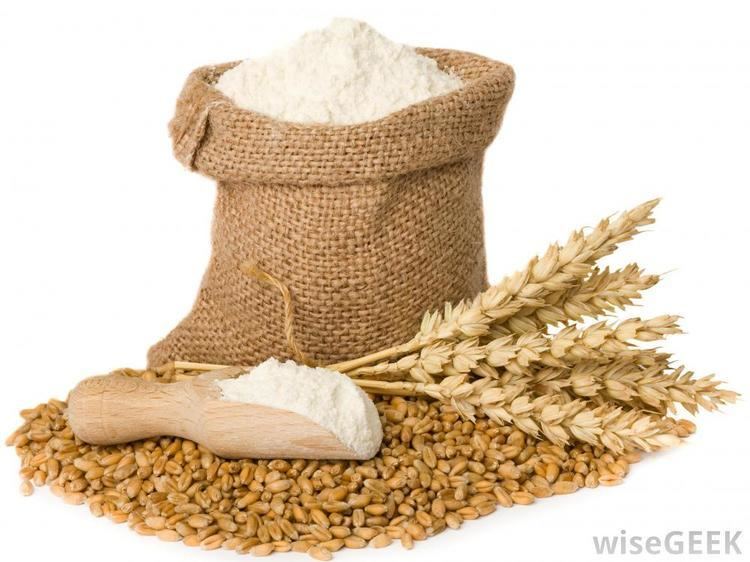
In terms of the parts of the grain (the grass fruit) used in flour—the endosperm or protein/starchy part, the germ or protein/fat/vitamin-rich part, and the bran or fiber part—there are three general types of flour. White flour is made from the endosperm only. Brown flour includes some of the grain's germ and bran, while whole grain or wholemeal flour is made from the entire grain, including the bran, endosperm, and germ. Germ flour is made from the endosperm and germ, excluding the bran.
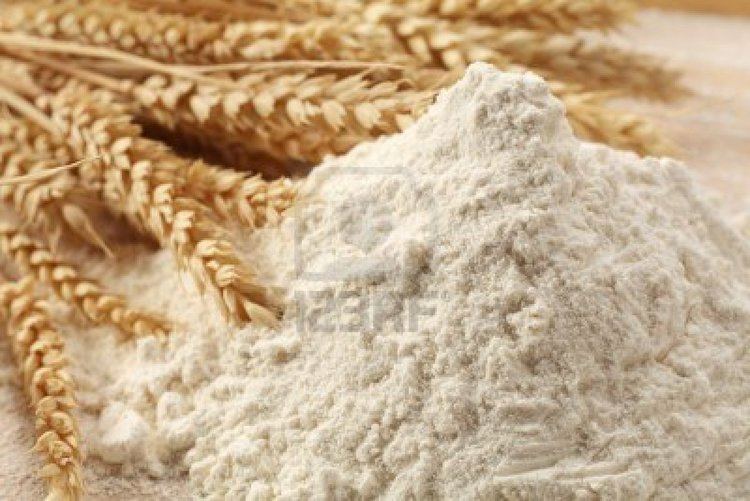
Shocking facts that you never know about wheat flour best health tips in telugu vtube telugu
Types
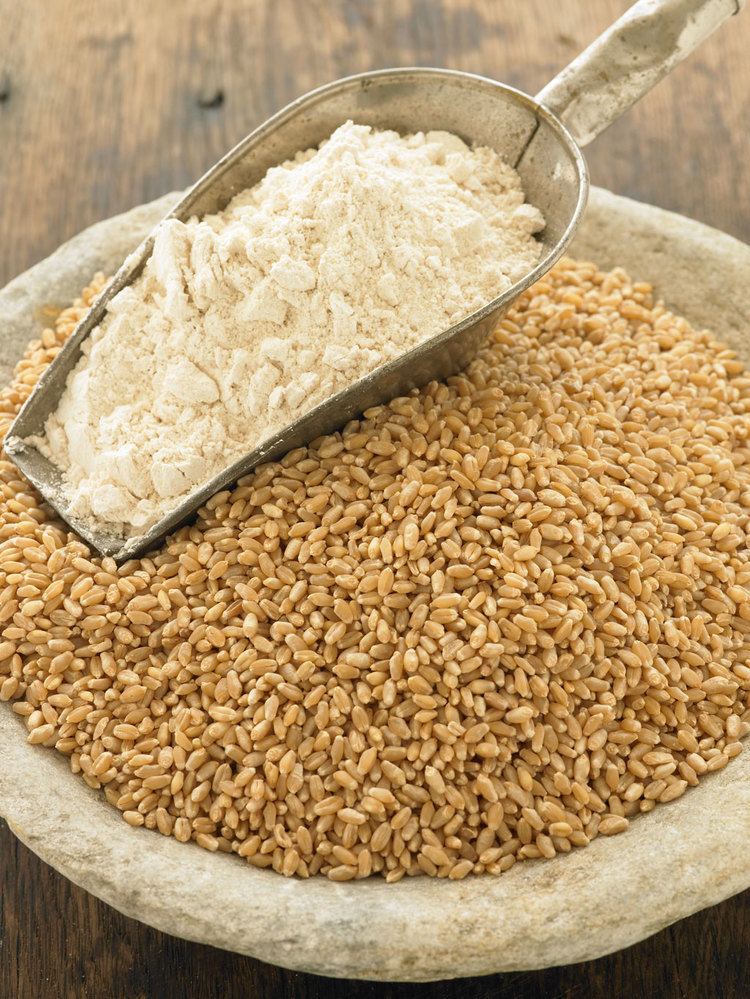
Wheat flour is available in many varieties; the categorization is regional, and the same name may have several different regional meanings.
Canada
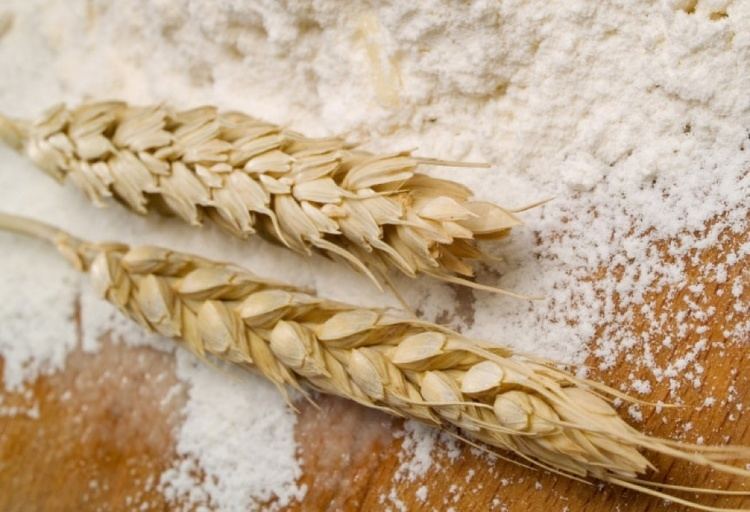
Fiji
Indian wheat flours
Indian flours are generally categorized by how much of the grain is stripped away.
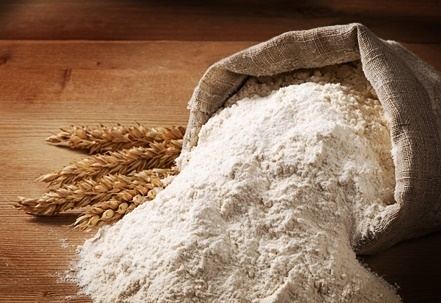
Southeast Asia
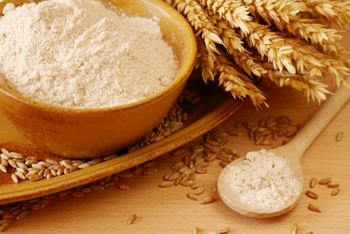
USA
American flours are categorized by gluten/protein content, processing, and use.
Other
Flour strength – W index
A device called Alveograph Chopin invented in 1921 by Marcel Chopin, provides an index called W that is now commonly used by professional bakers. W index measures the flour strength. The maximum of the curve, identified by P, represents the toughness of gluten, while L represents the extensibility, the higher the value of L the more elastic the dough will be.
Flours between 90 and 160 W are called "weak flours". They have a low protein content, usually 9%, used to produce biscuits or cakes.
Flours between 160 and 250 W have a medium force. They are used, for example, for Pugliese bread, pizza and focaccia.
Flours > 300 W Flours with a high W are called "strong flours" because they oppose a great resistance to the deformation of gluten. There are also flours with values exceeding 400 W, denominated Manitoba because they originated from that region of Canada.
In general, the more a product requires long rising time, the more a flour will need a high W, because it better retains the carbon dioxide produced in the fermentation. Gluten is able to absorb water for one time and half its weight, then the stronger the flour is, the higher will be the hydration. It passes from a hydration less than 50% for weak flour up to values higher than 70% for strong flour
National Flour in the United Kingdom
During World War II, the British government promoted "National Flour"; it was adopted in 1942 both for health reasons and those concerned about the import of wheat into the UK and losses during the war. The flour is described as being of 85% extraction, i.e. containing more of the whole wheat grain than refined flour, generally described as 70% extraction at the time. Parliamentary questions on the exact constitution of National Flour in 1943 reveal that it was "milled from a grist consisting of 90 per cent. wheat and 10 per cent. diluent grains. Authorised additions are calcium at the rate of 7 oz (200 g) per 280 lb (130 kg) of flour and dried milk at the rate of 2 lb (910 g) per 280 lb (130 kg) of flour and customary improvers in normal proportions." The diluent grains were barley, oats and rye and customary improvers were "certain oxidising agents which improve the quality of the bread baked from the flour, and their nature depends on the kind of grain used, whether hard or soft.". A survey of the composition of National Flour was conducted for the period 1946–1950 National Flour was discontinued in 1956 against the recommendations of the MRC as the government considered that the addition of nutritional supplements to refined flour removed the necessity for using National Flour on health grounds.
Madagascar
Since mid-November 2010, Seaboard is operating in Madagascar under LMM Farine SA. The company is managing the industrial milling assets of a local company called KOBAMA SA; mainly consisting in a 288 MT Bühler flour mill, located in Antsirabe. The company is also under contract with SPAT, the State owned company managing the sea port of Toamasina/Tamatave, on the east coast, to manage the 26,000 MT storage capacity grain silos. Production of wheat flour is roughly half of Madagascar's consumption.
Kenya
National Flour was also a term for a flour introduced in Kenya by the colonial government which contained 70% wheat flour and 30% maize flour.
